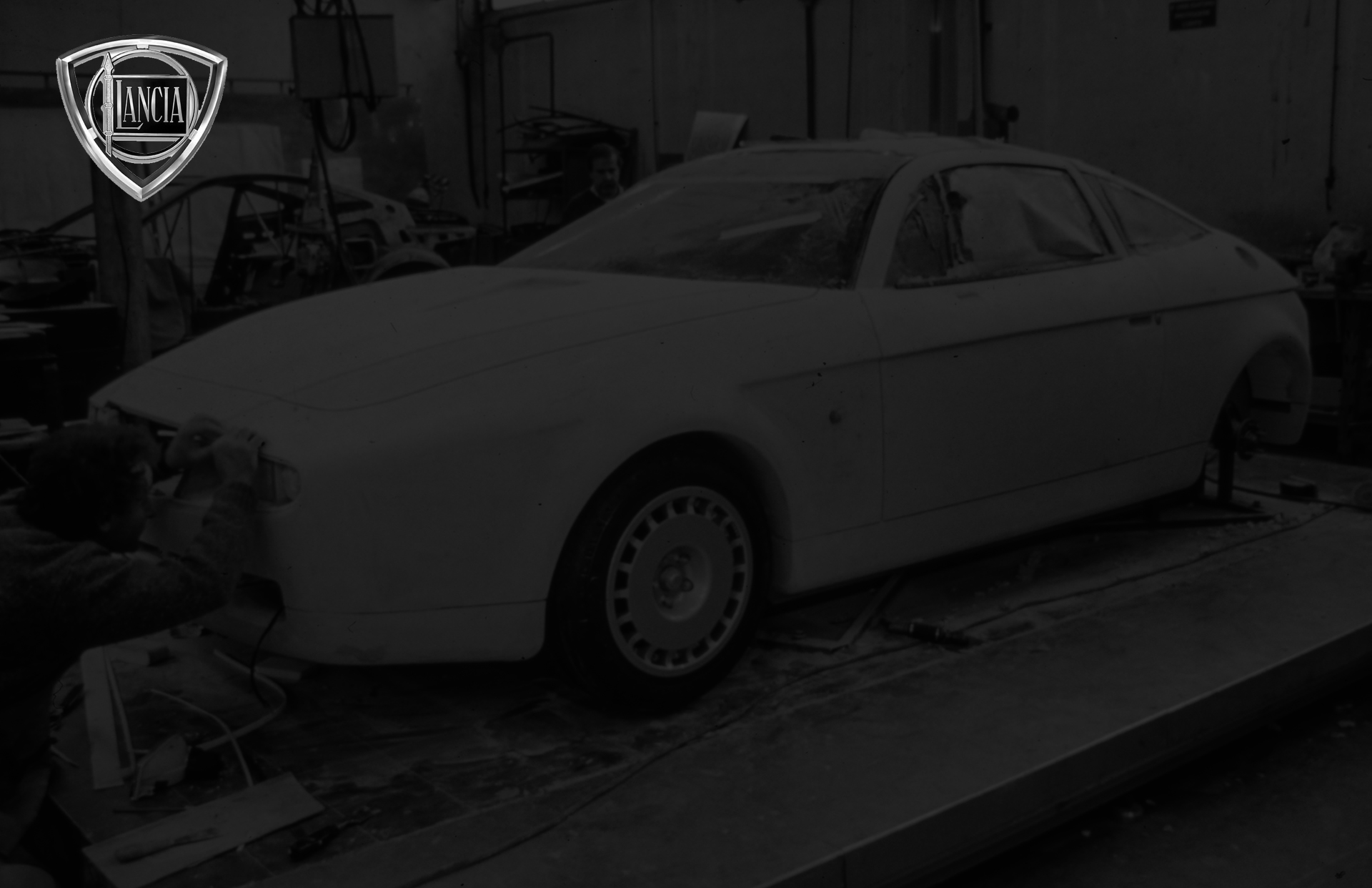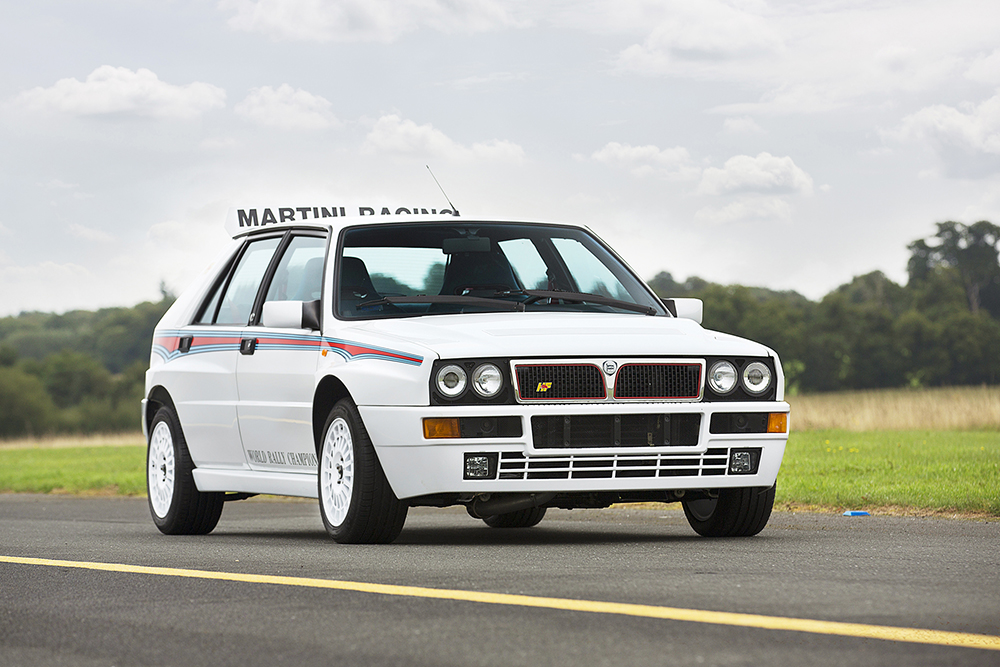
It was about at this time that Paul Koot met with Elio Zagato and saw Marco Pedracini's design. In its fresh sketch primary state the design, by new hire Pedracini, was unanchored to a drive train. It was an interesting amalgam of influences. Conceptually it went right to Koot's hypothesis of a price point accessible Zagato hot rod. It's rounded shape seemed to imply the Giulietta SZ and the later Lancia Fulvia Zagato. In the perspective of this late 1980s, early 1990s period Pedracini's design also had a rather post modern look. Eschewing the long accepted wedged rectilinear designs. Both elements did seem to take it back to a post war through sixties Zagato origin story visual.
Koot's, being the Netherlands's Lancia distributor, quickly saw the possibility of the Lancia Integrale's high performance drivetrain as basis for the design. In the same manner Centro Stile had envisioned the 75 and GTV6 for the SZ. This of course required Koot and Zagato to get Integrale rolling chassis from Lancia to reach any kind of economy of scale. And an economy of scale is what Koot suddenly saw the potential of. His presentation to Lancia proposed the possibility of a production run of 600.
Now there was one problem in this most feasible plan, it was not 1987. By the early 1990s many an exotic dream born of late eighties economic growth was being dashed on the rocks of the global recession.
The avarice speculators that had been greedily snapping up F40 orders for 500k US were starting to see red. Deep red. Honestly great automotive operations, like Artioli's Bugatti EB project in Campogalliano were going from dream fulfillment to head winds.




Special thanks to Marcus Willis at Girardo & Co. Ltd for sourcing the photos from their archives.



